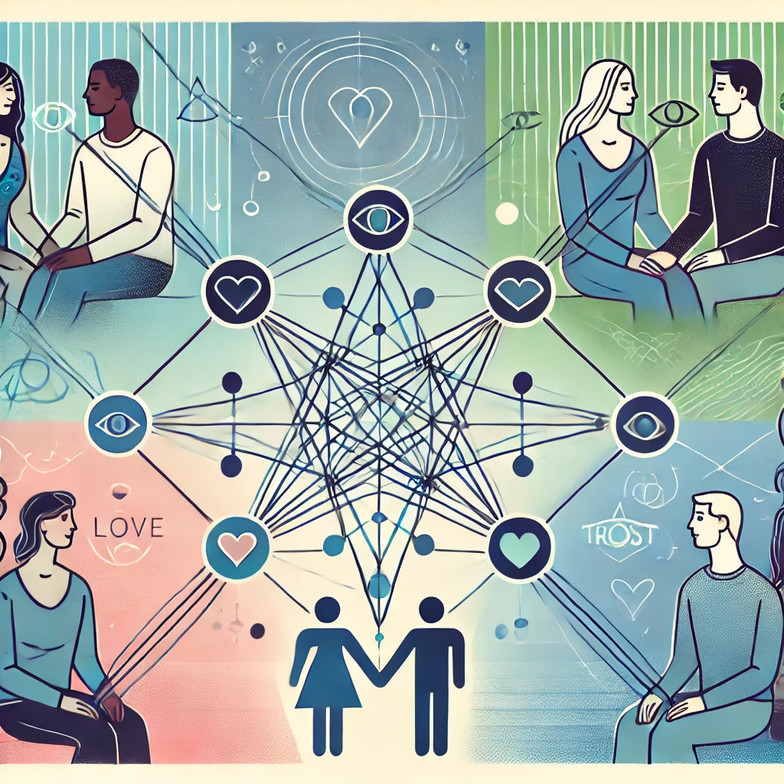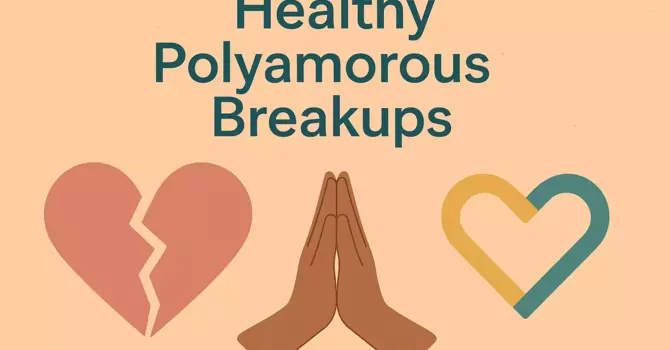
Polyamorous relationships, like any relationship, can experience trauma. This trauma can arise from various sources such as betrayal, miscommunication, or societal stigma. Healing from relationship trauma within polyamorous dynamics requires unique approaches due to the involvement of multiple partners and the complexity of emotional bonds. Here’s a comprehensive guide to navigating and healing from relationship trauma in polyamorous relationships.
Understanding Relationship Trauma in Polyamory
Relationship trauma in polyamory can stem from:
- Betrayal: Instances of broken agreements or boundaries within the relationship.
- Miscommunication: Misunderstandings or lack of clear communication among partners.
- Societal Stigma: External judgment and lack of acceptance from society or close circles.
- Emotional Overload: Managing multiple relationships can sometimes lead to emotional burnout or neglect.
Steps to Healing
-
Acknowledge the Trauma:
- Recognizing and acknowledging the trauma is the first step towards healing. It’s essential for all partners involved to admit their feelings and the impact of the traumatic events.
-
Open Communication:
- Foster a safe space for open and honest communication. Each partner should feel comfortable expressing their feelings, fears, and needs without judgment.
-
Seek Professional Help:
- Consulting with a therapist who understands polyamorous dynamics can be incredibly beneficial. Therapists can provide guidance on managing emotions and rebuilding trust.
-
Set Clear Boundaries:
- Re-establish or adjust boundaries to ensure all partners feel secure and respected. Clear boundaries help prevent future misunderstandings and reinforce trust.
-
Practice Self-Care:
- Encourage each partner to engage in self-care activities. This can include mindfulness practices, hobbies, or alone time to process emotions independently.
-
Rebuild Trust Gradually:
- Trust rebuilding is a gradual process. It involves consistency in actions, transparency, and patience. Allow time for trust to be rebuilt naturally.
-
Utilize Support Networks:
- Engage with polyamorous communities or support groups. Sharing experiences with others who understand your situation can provide comfort and practical advice.
Practical Tips for Partners
- Regular Check-Ins: Schedule regular relationship check-ins to discuss feelings, progress, and any concerns. This helps keep communication lines open and address issues promptly.
- Journaling: Encourage journaling as a way for partners to explore and understand their emotions privately.
- Joint Activities: Engage in activities that all partners enjoy. Shared experiences can strengthen bonds and create positive memories.
Conclusion
Healing from relationship trauma in polyamorous dynamics is a complex but achievable process. It requires commitment, patience, and a collective effort from all partners involved. By fostering open communication, seeking professional help, and practicing self-care, polyamorous relationships can not only heal but also thrive, creating a resilient and loving environment for all involved.



